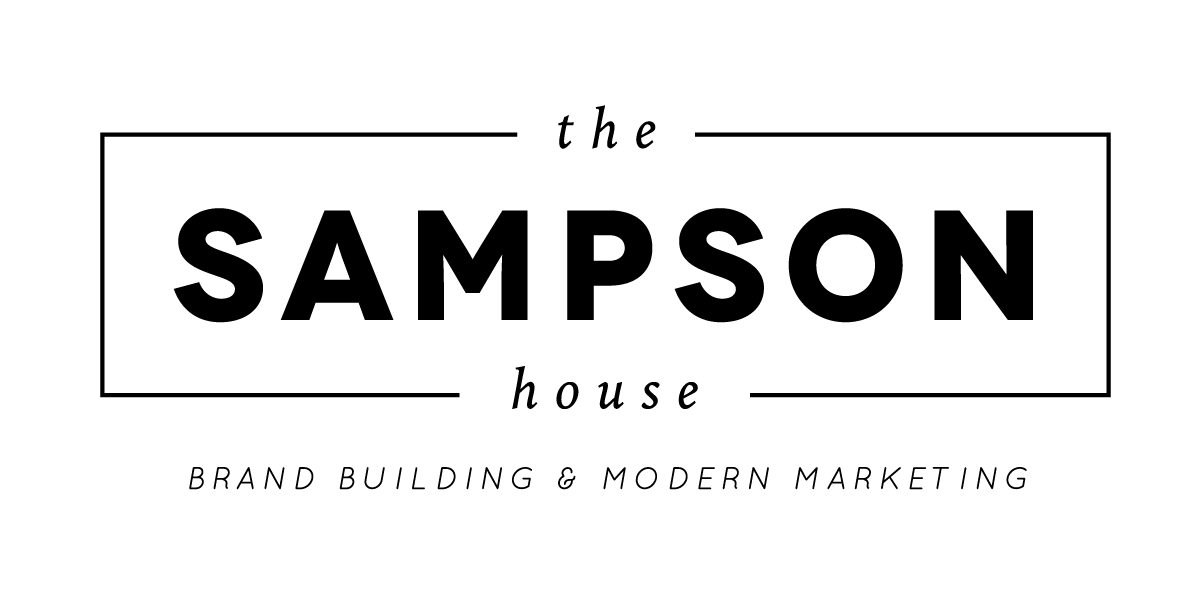Color Series #1: Color and Meaning
Somewhere over the rainbow, is a little something our designers like to call Color Theory. This theory applies meaning to color by creating a logical structure for your brand's color palette. Color theory is a true trick of the trade when putting together a cohesive brand that sticks and lasts with consumers. In the first blog of this two-part color based series, we will discuss how to utilize color theory for all of your branding and design purposes.
An important element of color theory perfection is choosing colors for your brand. You want a palette of 3-6 colors that embody your brand and will help tell your story. There are 100’s of meanings for each color. Here are a few examples of how we like to think of and apply meaning to color when creating for our clients.
Creating the Perfect Palette.
When beginning to think about colors for your brand, it is important to strategically pick colors that fit harmoniously together. By choosing 1-2 main colors, 1-3 neutral colors, and 1-2 accent colors, you’ll be able to craft a cohesive color palette that is sure to draw attention.
The Mains
You should have 1-2 main colors that are the true representatives of your brand. These are your go-to’s for calendars, graphics, logos, cards, website designs, etc. These colors will be a part of what consumers think about right away when referring to your brand.
The Neutrals
These colors are your secondaries that are used to enhance your main colors and really pull it all together. These can be the colors used for softer details such as text or to add warmth or depth to a brand. Typically used for subtle elements for textures or patterns such as filters, the type of paper of your stationery. You should have 1-3 of your favorite neutrals on hand.
The Accents
Accent colors compliment the rest of your palette. 1-2 accents can add a pop of color to your brand, add a subtle something extra, maybe by adding a colorful macaron or plant to your images, or when you want your headline to traffic attention. These colors should not be confused with your mains, but add life and lift them up.
We hope you learned a bit about how to strategically choose colors for the design. Our Color Series #2 will introduce you to color and mood boards — an essential form of organization when deciding on the look and feel of a brand.

